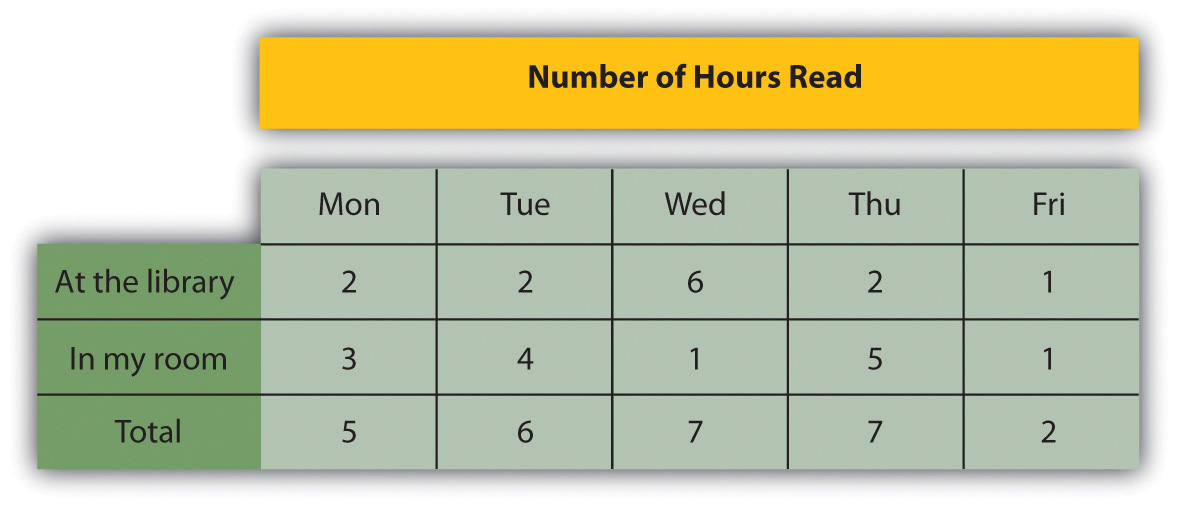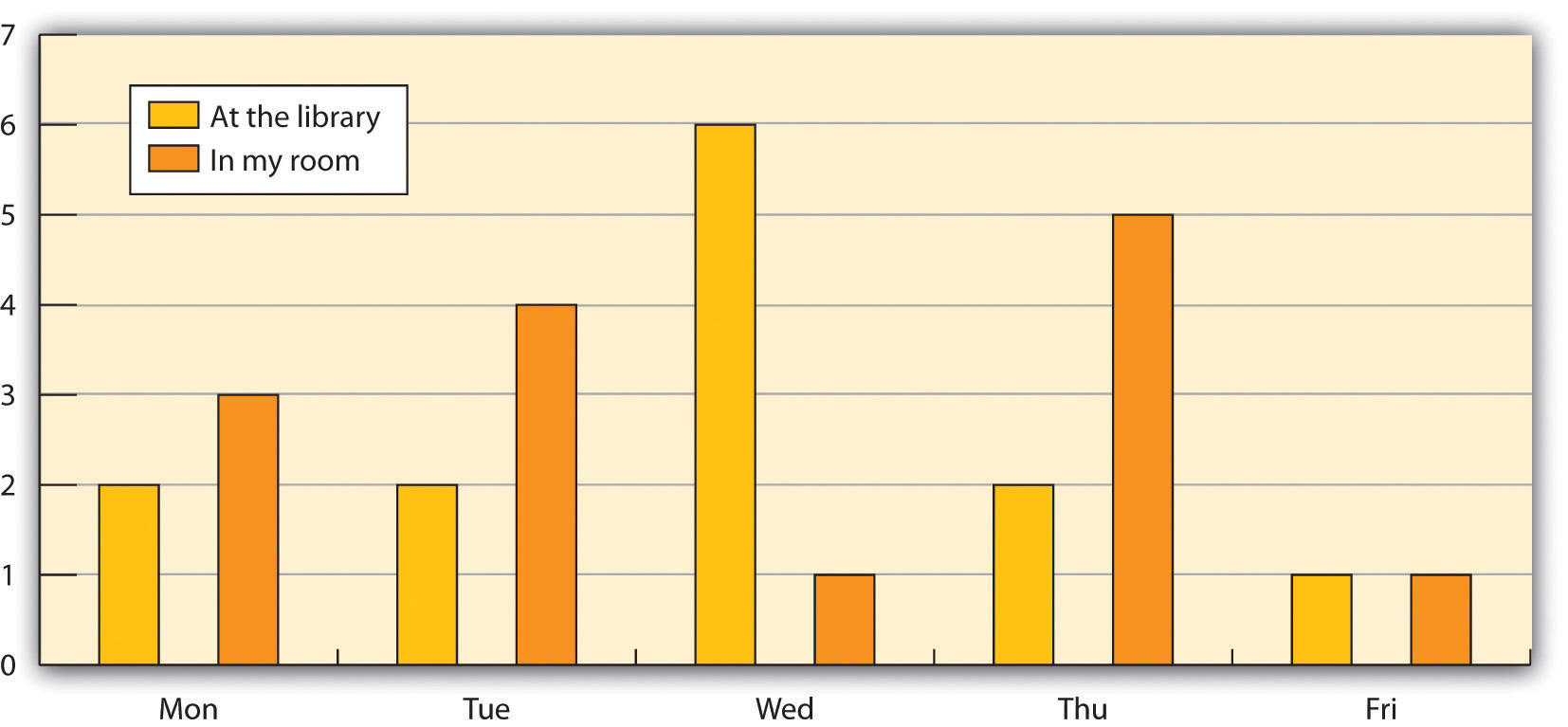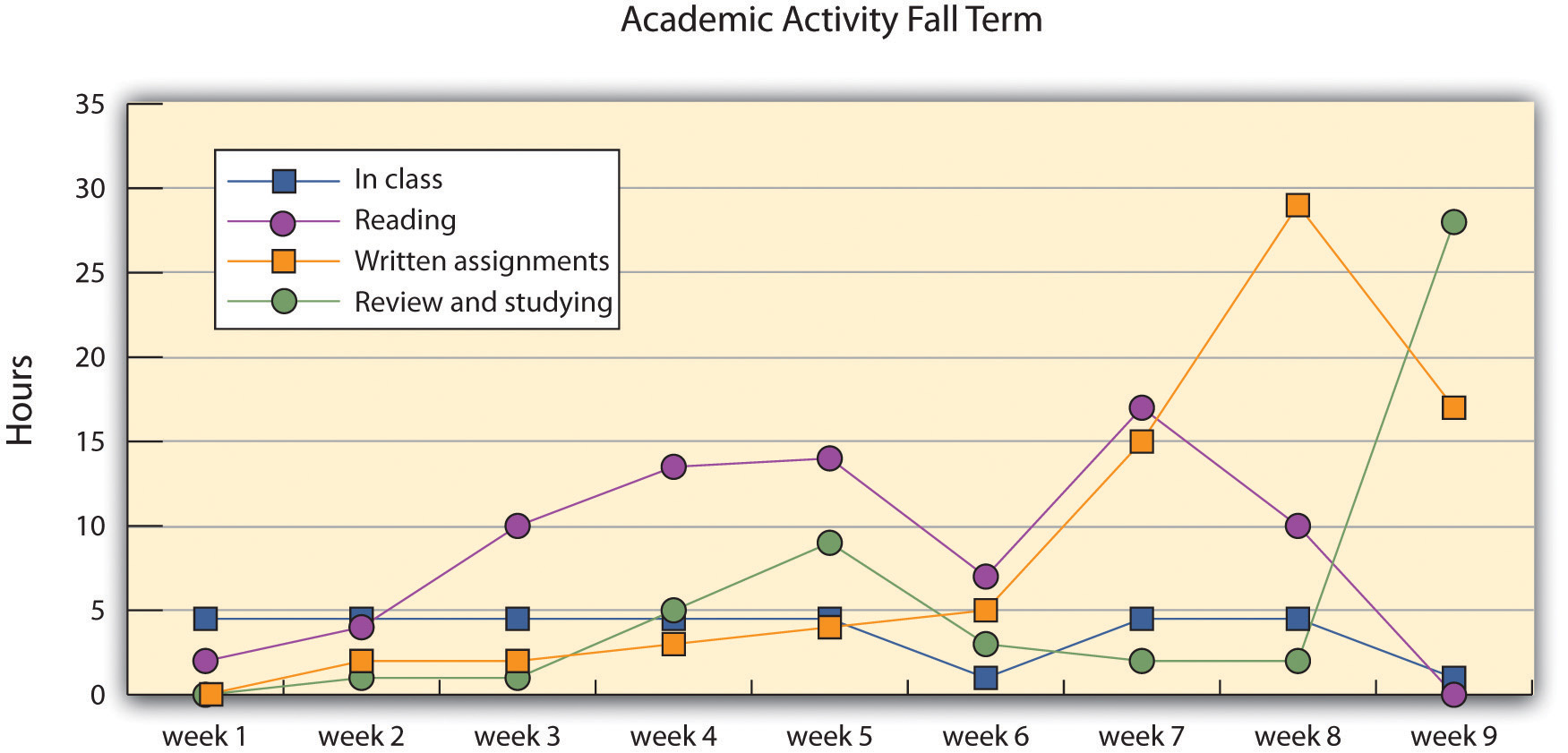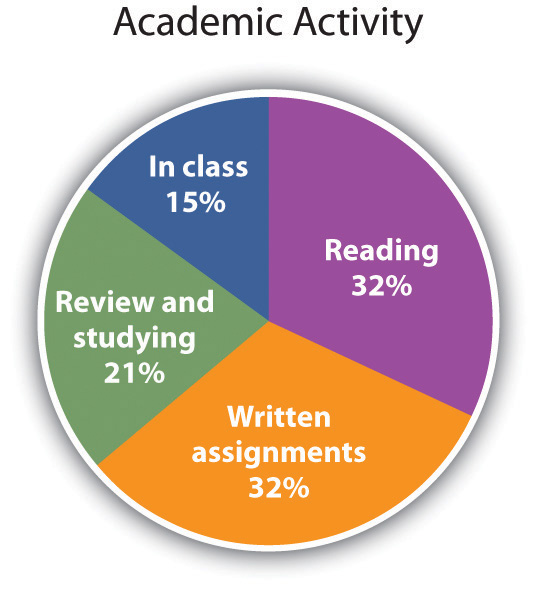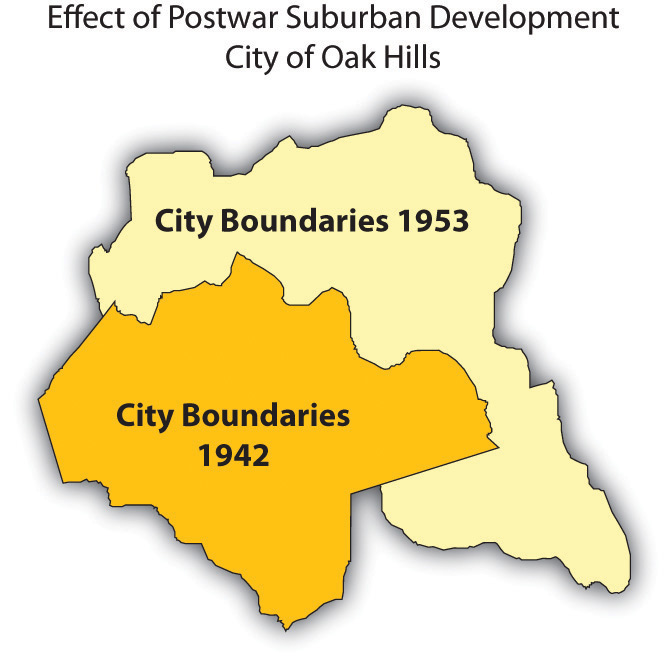5.3 Dealing with Special Texts
Learning Objectives
Recognize strategies for reading special types of material and special situations, such as the following:
- Mathematics texts
- Science texts
- Social studies texts
- Primary sources
- Foreign language texts
- Integrating reading with your family life
- Online reading
While the active reading process outlined earlier is very useful for most assignments, you should consider some additional strategies for reading assignments in other subjects.
Mathematics Texts
Mathematics present unique challenges in that they typically contain a great number of formulas, charts, sample problems, and exercises. Follow these guidelines:
- Do not skip over these special elements as you work through the text.
- Read the formulas and make sure you understand the meaning of all the factors.
- Substitute actual numbers for the variables and work through the formula.
- Make formulas real by applying them to real-life situations.
- Do all exercises within the assigned text to make sure you understand the material.
- Since mathematical learning builds upon prior knowledge, do not go on to the next section until you have mastered the material in the current section.
- Seek help from the instructor or teaching assistant during office hours if need be.
Reading Graphics
You read earlier about noticing graphics in your text as a signal of important ideas. But it is equally important to understand what the graphics intend to convey. Textbooks contain tables, charts, maps, diagrams, illustrations, photographs, and the newest form of graphics—Internet URLs for accessing text and media material. Many students are tempted to skip over graphic material and focus only on the reading. Don’t. Take the time to read and understand your textbook’s graphics. They will increase your understanding, and because they engage different comprehension processes, they will create different kinds of memory links to help you remember the material.
To get the most out of graphic material, use your critical thinking skills and question why each illustration is present and what it means. Don’t just glance at the graphics; take time to read the title, caption, and any labeling in the illustration. In a chart, read the data labels to understand what is being shown or compared. Think about projecting the data points beyond the scope of the chart; what would happen next? Why?
Table 5.2 “Common Uses of Textbook Graphics” shows the most common graphic elements and notes what they do best. This knowledge may help guide your critical analysis of graphic elements.
Table 5.2 Common Uses of Textbook Graphics
| Most often used to present raw data. Understand what is being measured. What data points stand out as very high or low? Why? Ask yourself what might cause these measurements to change. | |
| Used to compare quantitative data or show changes in data over time. Also can be used to compare a limited number of data series over time. Often an illustration of data that can also be presented in a table. | |
| Used to illustrate a trend in a series of data. May be used to compare different series over time. | |
| Used to illustrate the distribution or share of elements as a part of a whole. Ask yourself what effect a change in distribution of factors would have on the whole. | |
| Used to illustrate geographic distributions or movement across geographical space. In some cases can be used to show concentrations of populations or resources. When encountering a map, ask yourself if changes or comparisons are being illustrated. Understand how those changes or comparisons relate to the material in the text. | |
 Theodore Roosevelt – Wikipedia Commons – Public Domain |
Used to represent a person, a condition, or an idea discussed in the text. Sometimes photographs serve mainly to emphasize an important person or situation, but photographs can also be used to make a point. Ask yourself if the photograph reveals a biased point of view. |
| Used to illustrate parts of an item. Invest time in these graphics. They are often used as parts of quizzes or exams. Look carefully at the labels. These are vocabulary words you should be able to define. | |
| Commonly used to illustrate processes. As you look at diagrams, ask yourself, “What happens first? What needs to happen to move to the next step?” |
Scientific Texts
Science occurs through the experimental process: posing hypotheses, and then using experimental data to prove or disprove them. When reading scientific texts, look for hypotheses and list them in the left column of your notes pages. Then make notes on the proof (or disproof) in the right column. In scientific studies these are as important as the questions you ask for other texts. Think critically about the hypotheses and the experiments used to prove or disprove them. Think about questions like these:
- Can the experiment or observation be repeated? Would it reach the same results?
- Why did these results occur? What kinds of changes would affect the results?
- How could you change the experiment design or method of observation? How would you measure your results?
- What are the conclusions reached about the results? Could the same results be interpreted in a different way?
Social Sciences Texts
Social sciences texts, such as those for history, economics, and political science classes, often involve interpretation where the authors’ points of view and theories are as important as the facts they present. Put your critical thinking skills into overdrive when you are reading these texts. As you read, ask yourself questions such as the following:
- Why is the author using this argument?
- Is it consistent with what we’re learning in class?
- Do I agree with this argument?
- Would someone with a different point of view dispute this argument?
- What key ideas would be used to support a counterargument?
Record your reflections in the margins and in your notes.
Social science courses often require you to read primary source documents. Primary sources include documents, letters, diaries, newspaper reports, financial reports, lab reports, and records that provide firsthand accounts of the events, practices, or conditions you are studying. Start by understanding the author(s) of the document and his or her agenda. Infer their intended audience. What response did the authors hope to get from their audience? Do you consider this a bias? How does that bias affect your thinking about the subject? Do you recognize personal biases that affect how you might interpret the document?
Foreign Language Texts
Reading texts in a foreign language is particularly challenging—but it also provides you with invaluable practice and many new vocabulary words in your “new” language. It is an effort that really pays off. Start by analyzing a short portion of the text (a sentence or two) to see what you do know. Remember that all languages are built on idioms as much as on individual words. Do any of the phrase structures look familiar? Can you infer the meaning of the sentences? Do they make sense based on the context? If you still can’t make out the meaning, choose one or two words to look up in your dictionary and try again. Look for longer words, which generally are the nouns and verbs that will give you meaning sooner. Don’t rely on a dictionary (or an online translator); a word-for-word translation does not always yield good results. For example, the Spanish phrase “Entre y tome asiento” might correctly be translated (word for word) as “Between and drink a seat,” which means nothing, rather than its actual meaning, “Come in and take a seat.”
Reading in a foreign language is hard and tiring work. Make sure you schedule significantly more time than you would normally allocate for reading in your own language and reward yourself with more frequent breaks. But don’t shy away from doing this work; the best way to learn a new language is practice, practice, practice.
Note to English-language learners: You may feel that every book you are assigned is in a foreign language. If you do struggle with the high reading level required of university students, check for university resources that may be available to ESL (English as a second language) learners. Never feel that those resources are only for weak students. As a second-language learner, you possess a rich linguistic experience that many Canadian-born students should envy. You simply need to account for the difficulties you’ll face and (like anyone learning a new language) practice, practice, practice.
Activity: Lost in Translation
Go online and open a Web-based language translator such as Babel Fish (http://www.babelfish.yahoo.com). In the translation window, type in a phrase that you or your friends might say in your daily conversations, including any slang terms. Translate it to another language (any language will do) and then copy the translation. Then open a new translation window, paste the translated phrase, and translate back from that language to English. Does it match your original phrase? Try this with other languages to see if your results vary. What does this tell you about automated translation programs?
Integrating Reading with Your Family Life
If you are a parent of young children, you know how hard it is to get your schoolwork done with them around. You might want to consider some of these strategies.
- Don’t expect that you will often get long periods of uninterrupted reading time. Find or create short periods of time to do things like scanning the assignment and preparing your questions.
- Schedule your heavy reading for early in the morning or late at night when the children are sleeping. Don’t use that precious uninterrupted time for watching television or washing the dishes; those can be done when the kids are awake.
- Read to your children and then tell them it’s time for everybody to read their own book. (Even very young children like to “read” books by looking at the pictures.) You’ll be surprised how long kids will read, especially when they see Mommy and Daddy reading, too.
- Take your reading with you. You can get a lot of reading done while waiting for your children during music or dance class or soccer practice, or while you wait to pick them up at school.
- Share child-care responsibilities with other students who also have children. This can buy an additional big block of reading time for each of you.
Online Reading
When accessing materials online, you should ask additional questions in order to fully understand the assignment. The Internet provides access to virtually endless numbers of articles on just about any subject. The following five steps will help you understand the “story behind the story” in online materials and also evaluate the reliability of the material, especially if this is a reading you selected yourself for research or independent work.
- Look at the URL, the Web address. It can give you important information about the reliability and intentions of the site. Start with the page publisher (the words following the “www” or between the “http//” and the first single backslash). Have you heard of this source before? If so, would you consider it a reliable source for the kind of material you are about to read? For example, you might happen upon an article about cholesterol with this URL: http://www.americanheart.org/presenter.jhtml?identifier=1516. The page publisher identifier shows this is the Web site of the American Heart Association, a reputable source of health information. Now consider the domain type in the URL, which follows the period after the publisher. “.com” and “.biz” are used by commercial enterprises, “.org” is normally used by nonprofit organizations, and “.edu” is reserved for educational institutions. None of these is necessarily bad or good, but it may give you a sense of the motivation for publishing this material. For example, a different article about cholesterol on a pharmaceutical company’s Web site might be biased toward treatment of high cholesterol with a drug the company makes.
- Look at the page’s perimeter and the “masthead” at the top of the page. What name is listed there? Is it the same entity as the one listed as the publisher in the URL? Are you dealing with a company or the Web site of an individual—and how might that affect the quality of the information on this site? What can you learn from poking around with navigation tabs or buttons: what do they tell you about the objective of the Web site? Look for a tab labeled “About Us” or “Biography”; those pages will give you additional background on the writer.
- Check the quality of the information. Based on what you learned earlier, ask yourself if the information from this Web site is reliable for your needs. If the material you are reading was originally published elsewhere, was that publication reputable, such as an academic or peer-reviewed journal or a well-known newspaper? If you need the most up-to-date information, check the bottom of the page, where a “last modified” date may be shown. Does the author reference reliable sources? What links does the author offer to other Web sites? Are they active and reputable?
- Consider what others are saying about the site. Does the author offer references, reviews, or quotes about the material? Check blogs to see what other people think of the author or Web site by searching for the title of the article together with the word “review” or “blog.” Enter the Web site’s URL in the search engine at http://www.Alexa.com to see what other Web sites link to the one you are reading.
- Trust your impressions about the material. You have recently been exposed to related material in your class and textbooks. What does your “gut” say about the material? Ask yourself why the Web site was written. (To inform and provide data or facts? To sell something? To promote a cause? To parody?) If you are unsure of the quality of the information, don’t use it or check first with your instructor or university librarian before you do.
Additional Resources
University of California Berkeley Library. http://www.lib.berkeley.edu/TeachingLib/Guides/Internet/Evaluate.html
Cornell University Olin and Uris Libraries. http://guides.library.cornell.edu/evaluating_Web_pages
Key Takeaways
- Do all the exercises in math textbooks; apply the formulas to real-world situations.
- Each type of graphic material has its own strength; those strengths are usually clues about what the author wants to emphasize by using the graphic.
- Look for statements of hypotheses and experimental design when reading science texts.
- History, economics, and political science texts are heavily influenced by interpretation. Think critically about what you are reading.
- Working with foreign language texts requires more time and more frequent breaks. Don’t rely on word-for-word translations.
- If you need to read with children around, don’t put off your reading until you have a large block of time; there is much you can do with short reading periods.
- Online materials offer endless possibilities, but select Web sites for information carefully to ensure reliability and currency.
Checkpoint Exercise
Go online and find an article about something you are reading about in a textbook. (Use the five steps to evaluate the article.) Scan both the Web page and the equivalent textbook section and list your questions for both. Are the questions different, or are many similar? How does each author answer those questions? Which do you think is better written and more authoritative? Why?

